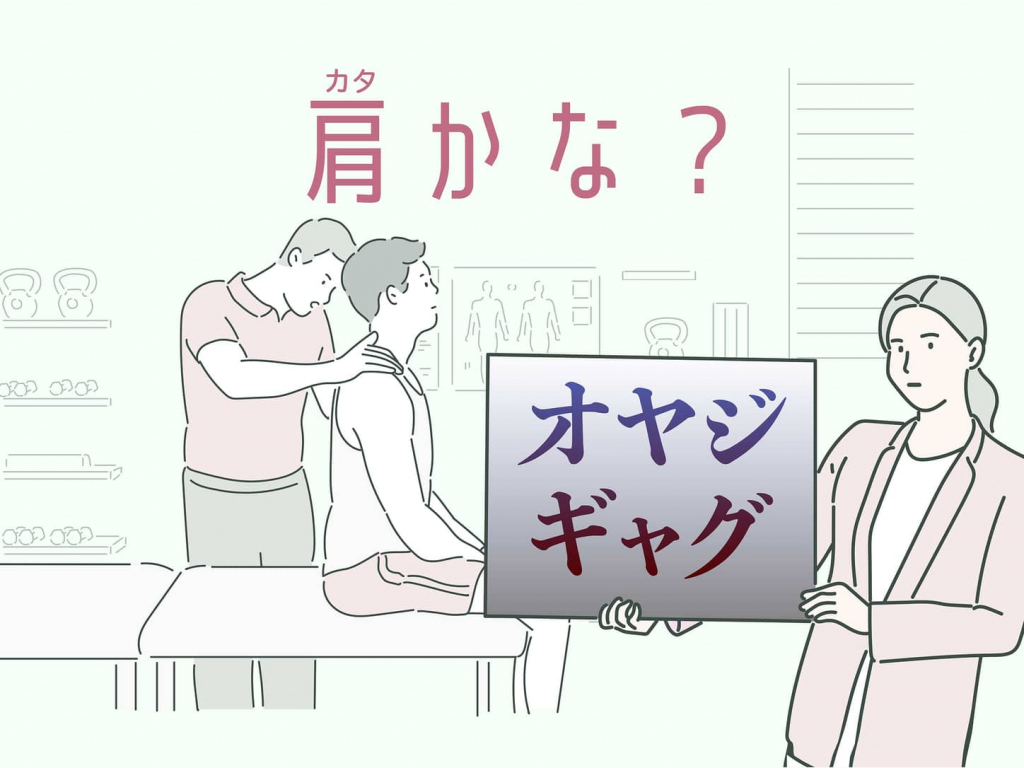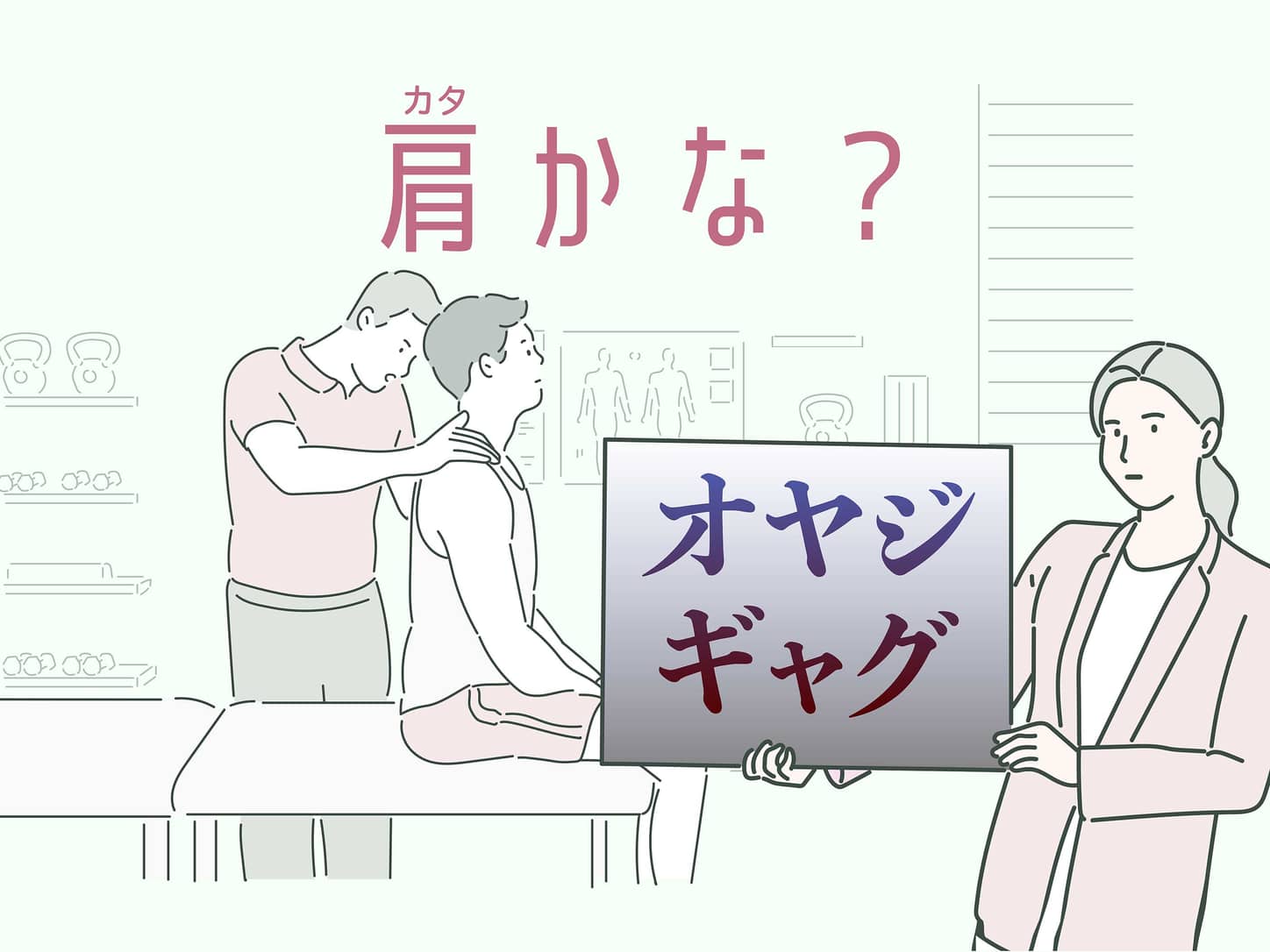The idea of learning 2,500 characters isn’t as intimidating as the idea of learning 5,000. That’s one of the reasons I didn’t even consider studying Chinese, aside from the fact I can’t hear the difference in tonality even if to save my life. Studying Japanese kanji is still pretty hard, but after five years of learning the language more or less seriously, what my teachers didn’t tell me in class was that katakana was going to take much longer to grasp.
If you’re already studying Japanese, you already know that katakana is one of Japan’s three writing systems. It sounds like hiragana, which you usually learn first, except its usage is more varied and complex. Here are a few roles that this syllabary takes on: incorporate borrowed words, stylistically emphasize a Japanese word and show a change in nuance. Katakana is also often used when writing onomatopoeia, which you might’ve noticed is commonly used in manga.
The longer I live in Japan, the more kanji I can recognize (yay!) but the more katakana has become something that has pushed me into frustrating situations.
Gairaigo: Recognizing Katakana-fied Words
In this article published in 2008 by The Japan Times, the author ironically titles his piece “Katakana makes Japanese trendy and accessible.” He, of course, goes on to explain how katakana actually doesn’t make Japanese more learner-friendly but is simply an extra dimension of the language that requires some getting used to.
Gairaigo, or borrowed words, can diverge pretty significantly from their language or origin in how they sound, as Japanese works with a limited amount of syllables. To integrate foreign words, you have to be deconstructed and adapted to Japanese pronunciation. The English word “fight,” for example, becomes ファイト (read faito). When I first moved to Japan, it would take me minutes to read even a small menu because I couldn’t immediately recognize English or French words. Frequent exposure helps, but to this day, I run into this embarrassing problem every now and again.
While most borrowed words do come from English, it’s not always the case. It’s impossible to tell what language a word was borrowed from unless you’re already familiar with said language. Take the word “royal,” which becomes ロワイヤル (read rowaiyaru) in Japanese and pulls from the French pronunciation. I can only imagine that it must’ve been a little puzzling to read it for the first time. Think of it this way: Not only are you learning Japanese, but you’re also dipping your toes into other languages too.
Wasei Eigo: Made-in-Japan English
I’ve come to realize that borrowed words in Japanese don’t always share a similar meaning and that there are also quite a few portmanteaux out there. This “English, but not” aspect is called wasei eigo. These words use English as a base but often end up with a meaning that’s far from what you would learn in standardized English. The most dangerous kinds of Katakana words, in my opinion, because they are unintentionally so misleading.
Let’s start with some positive news. The upside to wasei eigo is that it can be pretty funny from an English-speaker’s point of view. You might have heard a common one on the train: “Manner mode” (マナーモード) is what you would use to refer to switching your phone to silent mode. My personal favorite is クッション言葉 or “cushion words,” meant to refer to all kinds of phrases you use to soften the blow of bad news or comment.
Unfortunately for one upside, there are two downsides to wasei eigo. The first is that while these are technically English words, because of their unique usage in the Japanese language, it’s best to approach them as you would any other Japanese word. Think of it as learning alternative English. It might sound a little bit redundant, but I think that mastering these words is an essential step to fluency.
The second downside is that with so much familiarity, you’ll start using wasei eigo even when speaking English. The one that most of us adopt almost immediately is conbini (short for convenience store). I still cringe at the time I accidentally referred to a car’s steering wheel as a “handle.” Tofugu wrote a very detailed breakdown of the different types of wasei eigo here if you’re curious to learn more.
Ultimately, what makes katakana a challenge is the strange sense of déjà vu you get with certain words that quickly becomes a sudden questioning of your own knowledge. It is, however, an essential part of the Japanese and the key to understanding not only newspapers and novels but just how quickly the language evolves.










